#but I have not seen any patterns I could adapt to make historically accurate ones. and I am not confident enough to pattern from scratch
Note
I saw you reblog some people's lists of favorite SMT demons and would love to see your own list. Not sure if you've already been asked this so sorry if you've already made a list. I would love to see what sticks out most for you personally, you seem like a really cool person.
I must apologize that I’ve been busy most of today, so I wasn’t able to respond in any meaningful capacity before now. And also, you’re the first person to ask this!
I’ve never done this before but without further ado, let’s begin!
My Top 10 favorite Shin Megami Tensei Demons.
Number 1: Dwarf

Who doesn’t love Dwarves? The design for the Dwarf is very simple yet easily recognizable, the hammer is also showing off some fine craftsmanship too. But most importantly, that symbol! What is that, a Norse rune? Well actually I don’t know, I’d like to know if anybody has an answer to that question, so while I do like him one of the most “important” details about him still remains unknown to me. I don’t know if this was intentionally, but the Dwarf’s hammer slightly resembles Thor’s Hammer in design, and since his hammer was forged by the Dwarves (Brokkr and Eitri), perhaps it’s just the way Dwarves forge things.
Number 2: Thor (The most recent design)
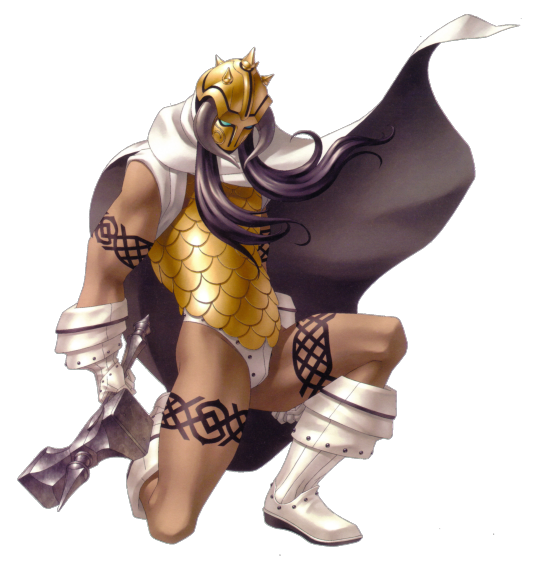
Speak of the devil, Thor’s design is very creative from the Nordic looking pattern tattoos on his thighs to his interesting helmet and mask, there are some descriptions of Thor that claim he has red hair, but I feel like the darker color hair goes along very nicely with the overall look of the design. Thor’s hammer feels very close to the Dwarf’s hammer which makes sense, though in truth–

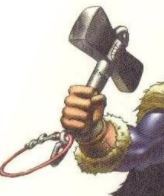
Soul Hackers Thor has more accurate depictions of Thor’s equipment, giving that one a slight edge over the newer one. The newer Thor doesn’t even have a visible belt “megingjörð” which I feel is an important detail and not only that but “Járngreipr” his gloves are described as Iron gloves, and we can clearly see his gloves are not metallic. These however are only minor hiccups and an overall very stylish design.
Number 2: Baal
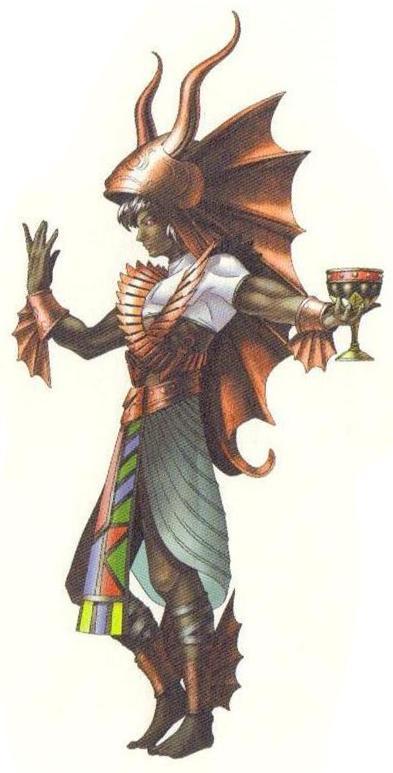
I think a certain Tumblr user made a post about all the fashion and design philosophy that went into Baal including his headdress which was inspired by his relation to Dagon. I think that Tumblr is called poltergeist0002 and you should definitely check them out because that blog is super awesome. And can probably explain designs better than I can. But I mean, just look at him, he’s cool.
Number 3: Fenrir

It’s hard to go wrong with something that’s just a giant wolf really, but sometimes people really over do Fenrir, and that’s just kinda lame but whatever. It would’ve been easy to just make a Wolf though, so he’s got those spooky eyes, but hey wait a minuet! What’s that around his body?! Yes, an actual reference to the chain created to bind Fenrir?
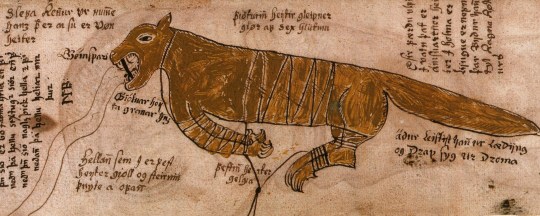
Bravo Kaneko! Bravo! Hardly have I seen this detail given to Fenrir in other games and stuff.
Number 4: Amakusa Shirō

Take notes everyone, this depiction of a historical figure is TOP NOTCH! Kaneko got everything down, though I do wish Kaneko could’ve took a little bit of artistic liberty with his clothes, as they have no wear and tear or patterns, but rather solid colors that aren’t that interesting to see. Regardless, his clothes closely match the actual real statue of him, and his flag banner… Well…
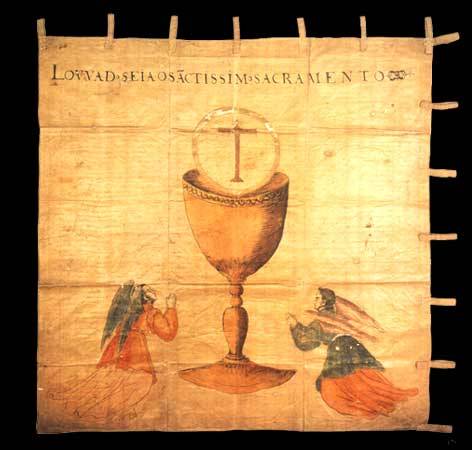
Kaneko nailed it. An interesting choice is how he’s holding his head, a reference to how he died, and the ghosts that are floating around his flag is a nice touch. I would say that detail is open to interpretation, I always took them as his fallen comrades but I could be wrong.
Number 5: Siegfried
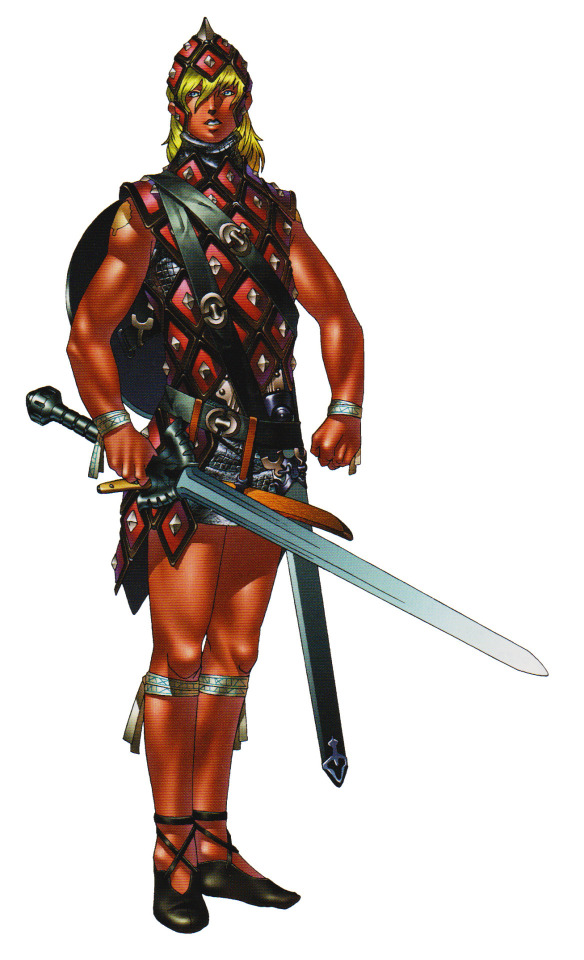
Everything about this depiction is awesome. The armor has rugged yet stylish look that Kaneko does so well, his sword Balmung I can’t help but think it’s design is very similar to it’s design in the 1924 film “Die Nibelungen: Siegfried“
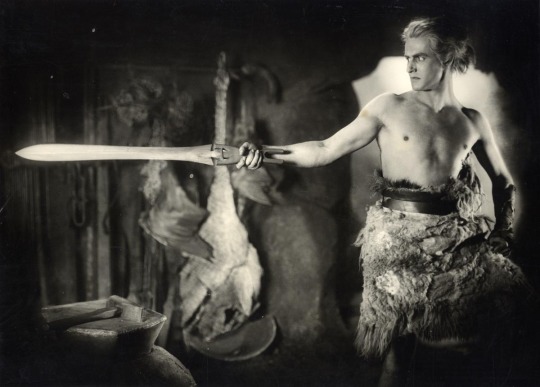
Siegfried’s also got his shield on his back, which makes sense, considering it’s the one place where his weak spot is. You can also see a leaf mark which references how he got the weak spot in the first place. His skin is a deep crimson color possibly because it’s meant to show that he bathed in Fafnir’s blood.
Number 6: Adramelech

Yeah… I know, you’re probably thinking “What! This isn’t Kaneko!” Or “Really!? A Doi design!?” and while I have been extremely disappointed with Doi’s extremely stupid designs, this fortunately is not one of them. This adapts the most recognizable features and forms of the demon and puts a stylish new sheen on them, though I’m not a huge fan of the “feathers”, I still don’t think that bonks the design down too much, I mean it’s an extremely solid adaptation of a demon, what all demons should aspire for. Just look at it
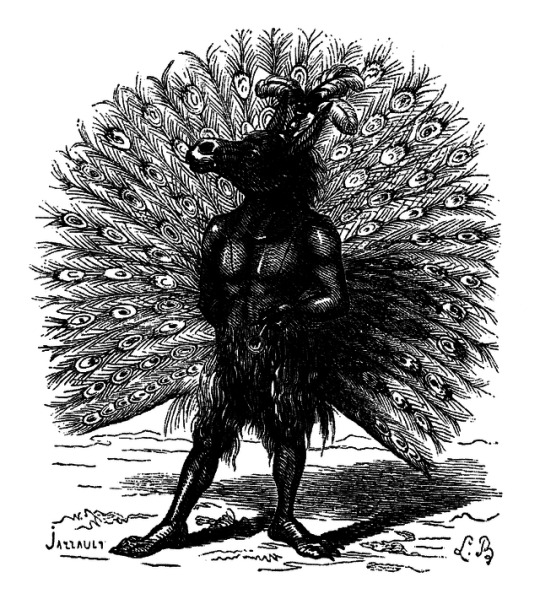
I’m proud of you Doi!
Number 7: Israfel

This design is just really cool to look at, a really interesting and captivating design. But it’s all there, Israfel has his trumpet which will end the world basically, his four wings, and the lips covering his body the speak in thousands of different languages. Upon examining his depictions in Islamic pictures, we can see his red wings and clothes are definitely inspired by the source material adapting it into an interesting way.
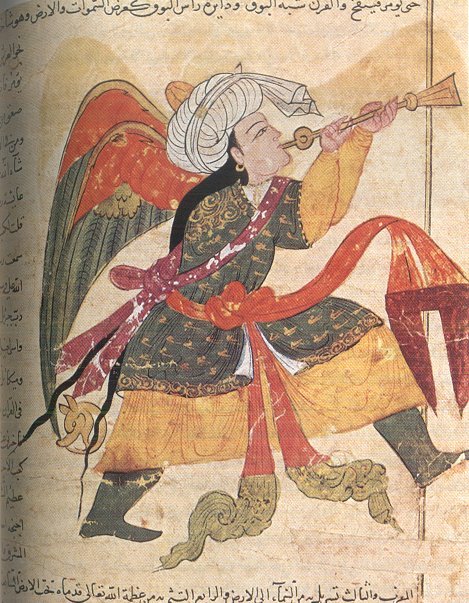
Aren’t Kaneko’s angels just the best? Tastefully weird, not just whatever that nonsense is in Evangelion. (PS I love Evangelion, don’t hurt me)
Number 8: Chernobog

This design is just cool. Not much is known about Chernobog, or at least, I don’t. But I do know that he’s evil and he’s known as the black god as opposed to the benevolent white god, once they were friends and helped to create the mud at the bottom of sea. Aside from his obvious evilness, the mushrooms are actually a smart way of invoking the Slavic origins of the deity, as Mushrooms are significant in that culture. When you don’t have much to work on, you make do.
Number 9: Dionysius

It’s not hard to mess up a God like this, but Kaneko went above and beyond with this wine party god! One simple extremely smart and clever detail takes this design to a whole new level. See the pattern on his skin? Now take a look at Alcohol under a microscope

Eh!? Ehh!? That’s so flipping cool! Bravo Kaneko! Bravo!
Number 10: Maria
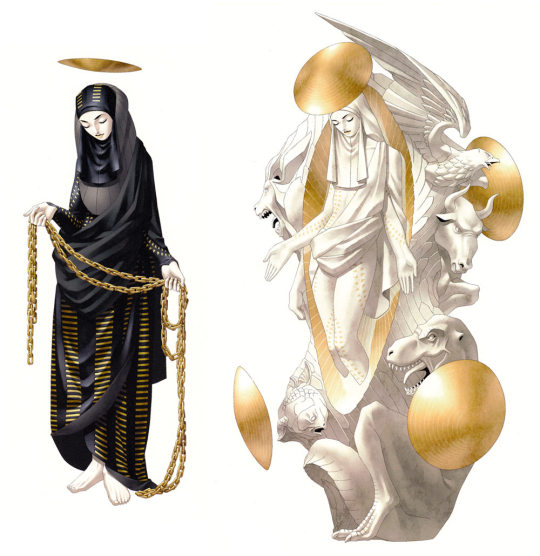
dsfjwodfpwfwnefszwqlpqefuqr…
Okay okay, seriously though, this… This beautiful. It’s so beautiful I’m not even exactly sure what it all means. The pose is very much like the face that the Virgin Mary has in most pictures, the chain could be a reference to one of her names in Islamic faith, Qānitah, which means submission to God. The white marble is said to influenced by the cathedral of Sagrada Familia in Barcelona because the architect was a firm devotee of Mary. The animals are extremely symbolic, the lion, the hawk and the bull being a reference to Cherubim. The fish is thought to be a symbol of Christianity while the Dino could be Satan. She’s also surrounded by mandorla which often surrounded Jesus and Mary in many paintings.

We see similar designs with this, showing lion, bull and hawk as well as an angel.
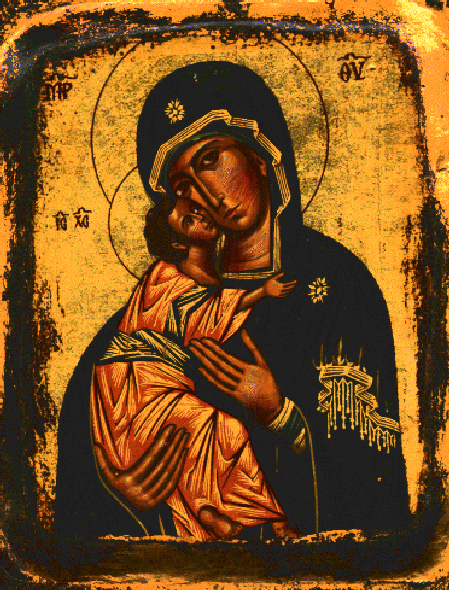
Islamic depictions of Mary with black clothes with the golden lines, like Mary on the left.
Just absolutely amazing, one of the best depictions by Kaneko ever, not much will ever top this.
Well that’s my top ten… I’ll admit, there are some demons like Longinus, and Saladin so, perhaps I’ll make another top ten in future, but whew… that took a little more effort than I thought.
#shin megami tensei#demons#dwarf#thor#baal#fenrir#amakusa shirou#seigfried#adramelech#israfel#chernobog#dionysus#maria#mary#top ten#it's shit
114 notes
·
View notes
Text
Black Panther Fighting Styles Update
I have posted about Black Panther and African fighting styles previously but since the new movie is out and we have some new visuals to draw from I figured I would do a little update. Here is a description of the fighting styles of Wakanda and what real world African martial arts they would likely be related to. This comes from a mix of what cultures are in the same area as Wakanda in the film and what I suspect the choreographers used as inspiration.
Now for the sake of suspension of disbelief it is important to note that the choreographers as far as I know are not well trained in African or African based martial arts. So what they had to do is aproximate the forms using what they already knew and samples. Fortunately all martial arts work on the same principles of human physicality so a throw in Judo looks very similar to a throw in Giddigbo. Martial arts styles are distinguished by subtle differences in body shape, rhythms and situational heritage. If one understands the body mechanics of combat and the culture the art is coming from, one can extrapolate fairly accurately. This film have delved deeper in to African traditions than any other film to date. So at minimum the choreographers have good material to work with.
There are four major fight choreographers on Black Panther, Clayton J Barber, Jonathan Eusebio, Jon Valera and Chris Brewster. Brewster seems to have a background primarily in Taekwondo, bjj, and tricking. Clayton J Barber stated in an interview for the official ovie guide book that they took inspiration from a range of fighting styles and tried to keep the fighting styles in tune with African movements, themes, and rhythms. he also stated this was difficult process but that he feels they found a good balance.
One thing I noticed about this statement is that it is rather vague. The only African based fighting style he mentions in the interview is Capoeira and he the other styles he mentions by name are Silat and Kali but in a sense that elements of those Asian arts were just used for "seasoning" Barber and Brewster both have some very standard karate. Taekwondo, and tricking backgrounds. Probably some Brazilian Jujitsu in there as well. (I am guessing BJJ cause that is is super popular.) Maybe some kung fu forms of some sort. Hard to find a detailed list of the arts they do. Jon Valera and Jonathan Eusebio are both major Kali and Silat practitioners. Eusebio is also versed in Savate Muay Thai and Jun Fan. He is an Dan Inosanto student which typically means. if it is historically East Asian and can kill you, he has probably studied it rather extensively.
Capoeira is relevant to the creation of fight choreography because of its unique history. Capoeira is an Afro-Brazilian martial folk art created by African slaves brought to Brazil. Most of these slaves were from Angola and The Congo region. experts on the art believe capoeira was adapted from Angolan arts like Engolo, Kandeka, Bassula, and Kamangula. Congolese arts that are believed to be like Kipura, Libanda, Gwindulumutu, and Musondi. There is a limited amount of info on most of these arts (along with most of the African martial arts I am discussing here) but all these are share common themes, emphasis on evasive movement and inverted body positions(handstands and the like) extensive use of kicks sweeps and slaps; dynamic grappling and headbutting; and the incorporation of music that uses the same instruments and rhythms.
I don't think it is as accurate to say that Capoeira is descended from these other arts as it is to say Capoeira is a branch on the same tree of of arts with shared concepts. Capoeira is uniquely Brazilian and also has elements of West African and Native culture blended in as well. Capoeira was and is a system built to preserve and proliferate African culture against the pressures of colonial oppression and degradation. Different Capoeira schools different emphasis on the African culture at core of the art but it is always there. If you were trying to make a Black Panther movie with only one martial art Capoeira would be the best one to create a movie accurate to African identity.
The writers, composers and costume designers drew on many African cultures for the design of the film. Some even spent some time in Africa for research so it is likely that some of the choreographers did similar research. Even if they didn't we do live in an age where you can google African martial arts and a decent list of videos and a few articles will come up. Winston Dukes even references Laamb in an interview about the movie so at minimum we can make a relatively safe assumption the choreographers referenced some some Youtube videos when designing the fight choreography itself I suspect they used there own training in Asian arts and the training of the actors and other stunt performers as a base and trying to mimic African arts and extrapolate out what they would look like in the world of Wakanda. Many of the actors and stunt people did train or already had training in some African arts which provided even more material to work from.
Wakanda is situated in between South Sudan, Ethiopia, Kenya, Uganda , and the Democratic Republic of Congo. Some of the people listed by the creators of the film as being influences for the costumes and culture of Wakanda are Maasai Himba Dogon Basotho Tuareg, Turkana Xhosa, Zulu, Surma, Serer and Dinka peoples. Given that some of these cultures are thousands of kilometers from Wakandas' location Their influence probably came through trade. Through out the history of Africa Warriors have traveled between tribes and nations exchanging combat techniques. This tradition has likely been a part of Wakandan culture as well. Even after going into hiding they still maintained Wardogs in other countries and still had a public face that has some interaction with other peoples. We will look at Wakanda’s martial arts as though they evolved next to real African martial arts, developing rather simultaneously and influencing each other. Some arts from neighboring countries will have closer relation while others share some influence from long distance trade.
Besides trade, the five tribes that settled in Wakanda could have migrated from quite far across the African continent which could have migrated from the far ends of the continent which would also contribute to there martial arts having a diverse ancestry. It is also important to note that while the different tribes and social classes of Wakanda would have different combat forms reflective of there roles and unique environments, these arts also would have shared between tribes and shaped each other. In this way along with the history and technology, Wakanda stands as a Mecca of diverse Pan-African identity.
To start we have The fighting style of the Black Panther and his family the Golden Tribe. Based on the matching color schemes, I suspect the Panther clan came from the merchant tribe originally. Chadwick Boseman spend a lot of time training for the role a mix of escrima, jujutsu but mostly Capoeira. He stunt doubles also primarily used capoeira for the fight and stunt scenes as well. Based on this an the geographrical location of Wakanda. Black Panther’s style is probably most closely related to Kipura, Libanda, Engolo and the like. Libanda in particular is a prominent feature of the Bukumbusu (Mukumbusu being the singular), a culture of professional fighters in Kinshasa. Libanda features a lot of grappling. In The Film T'Challa uses a lot of transitions found in Capoeira low game like negativa, role, and queda de rins to go into different locks and and holds. This give the sense Black Panther’s style has a more expanded ground game than is seen in most Capoeira practices. The next closely related martial art is probably Kayti, Maasai stick fighting. There are a few variations of the style but typically involve a defensive and offensive stick and a lot of downward strikes. Xhosa, stick fighting, Zulu stick fighting and Musangwe also seem to ad some strong influence as well seemingly incorporated into the Kayti forms in the martial traditions of the Golden tribe. T'Challa's preferred combat during challenges is a spear and shield similar to Zulu combat.
Next Nakia of the River Tribe. I think like the Golden Tribe, they use a set of forms related to a mix of Congolese, Kenyan and south African arts. While The Golden tribe uses more Congolese related forms similar to Kipura and Libanda, the River tribe Kenyan South African forms. Based On Nakia’s grappling the River tribe seems to use fighting forms related to Turkana Grappling like Saki and Zulu Isinaphakade Samathongo. Both this arts have extensive trapping locking and throwing techniques that work well with compact blades like the Turkana wrist knife or Ararait. The keepers of the sacred herb probably branched off of the river tribe being people of the denser vegetation areas. Plus Nakia new of a secret entrance to the garden.
The Dora Milaje were described as being mostly based on the Maasai in design, but their spear techniques look very similar to Egyptian Tahtib and the the Surma stick fighting art of Donga. The matching red patterns of the Mining tribe (and the Maasai influence in their look) gives me the sense that the Dora Milaje were originally a branch of the mining tribe but now any women can apply for the job. (I imagine you could apply. I wonder who you would use for references...) The footwork and the way the Dora work in groups reminds me of the demonstrations I have seen of Tahtib. Tahtib historically has been a stick fighting art meant to train someone for the use of a short spear or axe so it lends itself well to the Dora spear. Donga appears to be a related influence with some of the strike patterns.3 Add in some Kayti from their Maasai influence and you have a pretty diverse and deadly combat system.
The border tribe are described as being based on the Basotho for clothing design. The sickle swords they use look similar the to the Azande makraka and the Axumite shotel. Their Territory seems to be more arid open plains and their use of shields in a phalanx fashion seems similar to more Ancient Egyptian and Nubian infantry. The Shotel is especially useful for pulling mounted enemies of horses, hooking around shields or pulling legs out from under an opponent. The Border Tribe seems very well versed in fighting against shields and cavalry as well as fighting with shields and mounts. Even before the mounted rhinos (which was awesome) we see many of them riding horses and they probably have horsemanship skills like those of various Berber tribes of Northwest Africa. (Many Berber communities are still Matriarchal too which makes Okoye wearing the metaphorical pants in the family even more fitting. Their fighting style seems like a mix of Nuba sword and shield fighting and Ethiopian sword technique.
As I stated before, Winston Dukes talks about the the look Jibari being based on Sengalese wrestlers. During the first challenge M’Baku uses a lot of headbutts. It is likely the Jibari use a style related to Eritrean Reisy or Testa that combines grappling with strategic headbutting. Jibari combat probably also incorporates some Libanda and some elements of Laamb.
Finally there is Eric Killmonger/N’Jadaka. His style is an interesting mix. He has some training in the Golden tribe arts so some of his farm looks like kipura and Katyi. But the biggest influence in is form seems to be Boxing or potentially even some 52 Blocks while he was training on the east coast in Annapolis. Along with boxing his training military probably included Jujutsu, Eskrima and Taekwondo. (Those tend to be pretty common across the country in the military) He has very sharp, snappy, Taekwondo kicks. Eric also has experience in other African fighting styles But it is tough to know what ones without knowing more about where he has operated. Though his scar imply a lot of time spend With the Surma.
I am really hoping the DVD extras has the choreographers talking about the African martial arts that inspired the film. There is a rich history and culture Of African martial traditions I am looking forward to seeing more of in future films.
https://youtu.be/-FpAgvltiC4
https://youtu.be/RmDP5w065Vs
https://youtu.be/3bkBE3SFv0g
https://youtu.be/NcUITOLXQf0
https://youtu.be/lzxkDOJm9xw
https://youtu.be/ra4ryqV93gg
https://youtu.be/FFwMN--jv64
https://youtu.be/MHWw9UKzHAo
https://youtu.be/qU_6vfzEoIA
https://youtu.be/6W7hVTiRmeg
https://youtu.be/VprBg8GiHqU
https://youtu.be/HXXOc9h6MmY
https://youtu.be/VtjZL4BMQd8
https://youtu.be/HGz8uhuHmRc
https://youtu.be/_jmN5RiEBVs
https://youtu.be/zEMZm1mU3cE
https://youtu.be/rvGrJ3EzA0A
youtube
28 notes
·
View notes